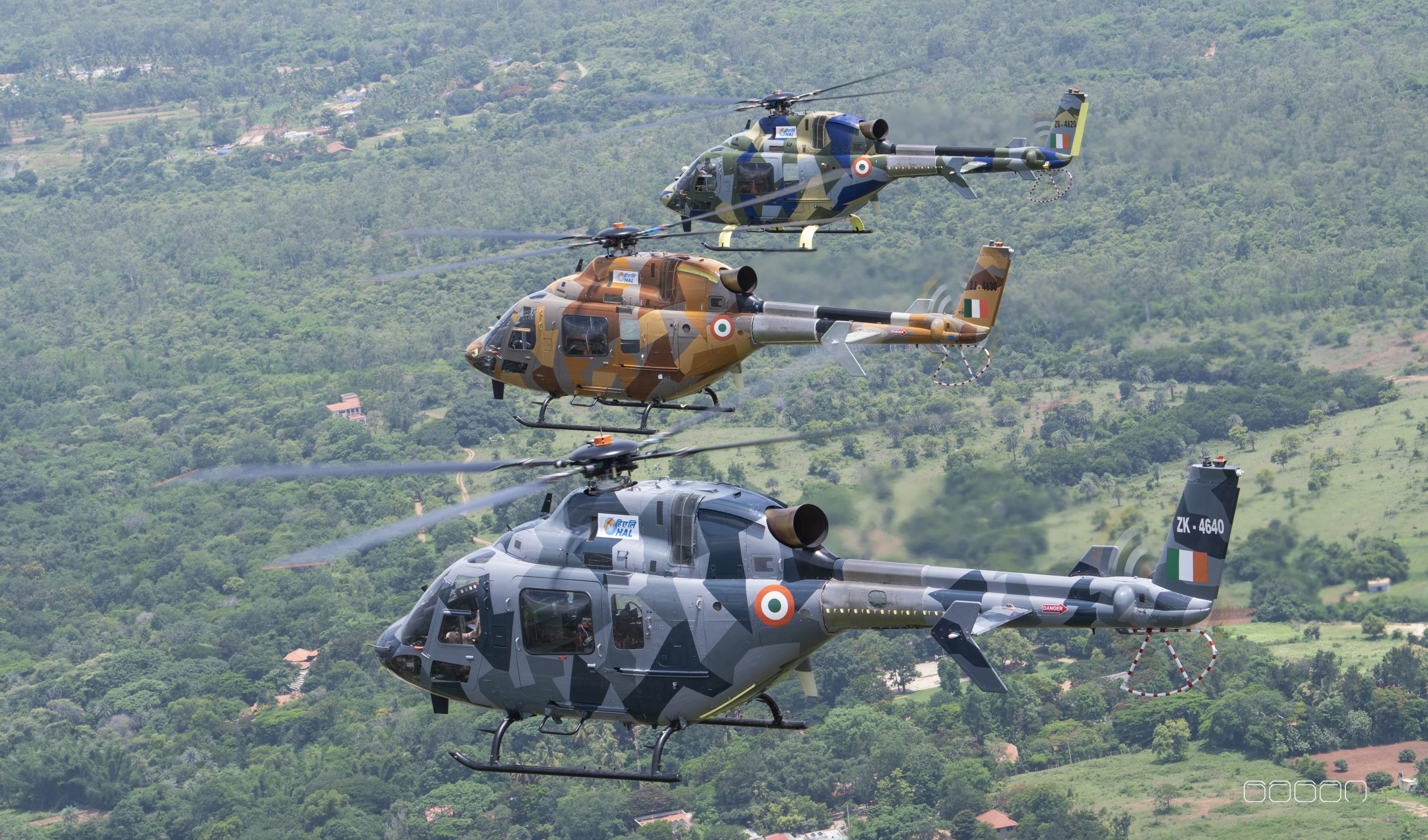SOURCE: AFI

Hindustan Aeronautics Limited (HAL), India’s premier Maharatna Public Sector Undertaking, has taken a proactive step to refine its Light Utility Helicopter (LUH) by issuing a Request for Quotation (RFQ) through its Rotary Wing Research & Design Centre (RWR&DC) in Bangalore. Released in late March 2025, the RFQ calls for consultancy services to address internal noise attenuation challenges identified during developmental testing of the LUH. With a submission deadline of April 4, 2025, at 14:00 HRS IST, HAL is signaling its dedication to enhancing the performance, comfort, and operational readiness of this versatile rotary-wing platform, designed for both the Indian Armed Forces and civilian use.
The LUH, a 3.0-ton class single-engine helicopter, represents a cornerstone of HAL’s rotary-wing innovation. Developed by the ISO 9001-certified RWR&DC, it features a side-by-side pilot and co-pilot configuration, a four-bladed hinge-less main rotor, and a four-bladed bearing-less tail rotor. Engineered for reliability and adaptability, the LUH is poised to replace aging Cheetah and Chetak helicopters in military roles—such as reconnaissance, troop transport, and casualty evacuation—while also targeting civilian applications like search and rescue and utility missions. With its glass cockpit, Shakti-1U engine (co-developed with Safran), and a maximum speed of 220 km/h, the LUH promises to be a workhorse across diverse terrains.
Despite its advanced design, developmental flight tests on an LUH prototype have uncovered a significant hurdle: excessive internal noise levels in the cockpit and cabin. Measurements taken during trials revealed that noise exceeds the thresholds outlined in MIL-STD-1474D, a U.S. military standard for acoustic limits, particularly in the frequency range of 500 to 8,000 Hz. For instance, at 500 Hz, where the standard caps noise at 91 dB, the co-pilot station recorded levels as high as 99.4 dB. At 2,000 Hz, with a limit of 82 dB, readings spiked to 105.6 dB. These elevated levels, driven by rotor dynamics, engine vibrations, and aerodynamic forces, pose risks to crew comfort, communication clarity, and long-term operational efficiency.
High noise levels in helicopters are not uncommon, but exceeding MIL-STD-1474D thresholds could compromise the LUH’s effectiveness. Prolonged exposure to such decibels—especially above 100 dB—can lead to fatigue, hearing strain, and reduced situational awareness, critical concerns for pilots and crew in high-stakes missions. For civilian variants, excessive noise could also deter adoption, where passenger comfort is a priority. HAL’s decision to address this issue head-on reflects its commitment to delivering a refined product that meets both military and market expectations.
The RFQ invites global and domestic firms with expertise in acoustics, aeronautical engineering, and noise attenuation to propose solutions. HAL is seeking consultancy services to analyze the root causes of the noise—likely tied to the main rotor’s hinge-less design, tail rotor harmonics, or engine acoustics—and recommend actionable fixes. These could range from passive measures, like soundproofing materials and vibration dampeners, to active noise cancellation systems or aerodynamic tweaks. The consultancy will involve studying test data, conducting simulations, and validating solutions, with an eye toward maintaining the LUH’s weight, cost, and performance balance.
The RWR&DC’s initiative underscores HAL’s rigorous approach to quality. As of March 27, 2025, the LUH has completed significant milestones, including high-altitude trials in Ladakh and a provisional type certificate from the Directorate General of Civil Aviation (DGCA) in 2023. With over 300 test flights logged across three prototypes, the helicopter is nearing operational clearance for the Army and Air Force, which have ordered 187 units (126 for the Army, 61 for the IAF). Resolving the noise issue is a critical step toward full certification and deployment, expected by late 2025.
The LUH is a flagship of India’s “Make in India” initiative, with over 50% indigenous content, and HAL aims to produce 1,000 units over 20 years, including exports. Noise attenuation isn’t just a technical fix—it’s a competitive edge. A quieter cabin enhances the LUH’s appeal in civilian markets, where it competes with platforms like the Airbus H125, while meeting military standards ensures crew endurance in prolonged missions, such as border patrols or disaster relief.
NOTE: AFI is a proud outsourced content creator partner of IDRW.ORG. All content created by AFI is the sole property of AFI and is protected by copyright. AFI takes copyright infringement seriously and will pursue all legal options available to protect its content.